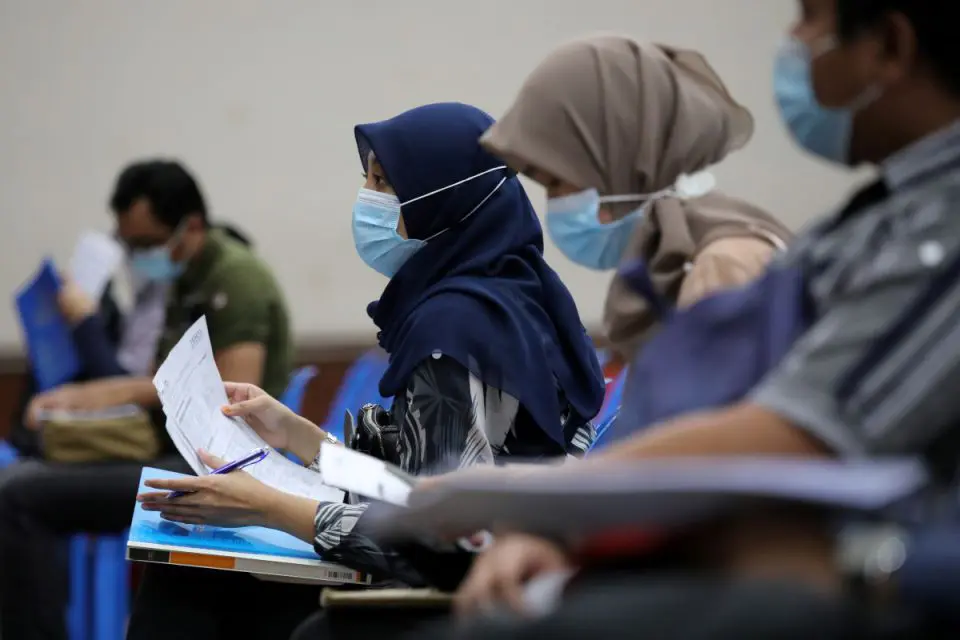ANKARA, June 3 — The pandemic-driven labour market crisis is not going to end anytime soon, and employment growth will not be enough to cover the losses suffered at least until 2023, according to the latest projections by the International Labor Organisation (ILO).
Anadolu Agency reported that the Geneva-based UN agency warned in its latest flagship report, “World Employment and Social Outlook: Trends 2021,” that Covid-19 risks leaving a legacy of increased geographical and demographic inequality in the labour market, the spread of poverty, and the decline of decent work.
As the latest assessments showed, global unemployment is projected to see 205 million people in 2022, and will far exceed the 2019 figure of 187 million.
This corresponds to an unemployment rate of 5.7 per cent. Excluding the period covered by the Covid-19 crisis, such a rate was last seen in 2013, it said.
The ILO also said the job/employment gap caused by the global crisis will rise to 75 million in 2021 before falling to 23 million in 2022.
The most affected regions in the first half of 2021 are Latin America and the Caribbean, as well as Europe and Central Asia. In both regions, estimated uptime losses exceed 8 per cent in the first quarter and 6 per cent in the second.
Also, global working time losses in the aforementioned two quarters are 4.8 per cent and 4.4 per cent respectively.
The report also found that the Covid-19 crisis, which hit vulnerable workers harder, has exacerbated pre-existing inequalities.
Due to the absence of social protection, for example, two billion workers around the world have been working in the informal sector, and work disruptions associated with the global pandemic have had a disastrous effect on families’ incomes and livelihoods.
The crisis has also disproportionately affected women.
Female employment decreased by five per cent in 2020, while male employment fell by 3.9 per cent during the same period.
The proportion of women leaving the labour market was higher than that of men, it added.
— Bernama





